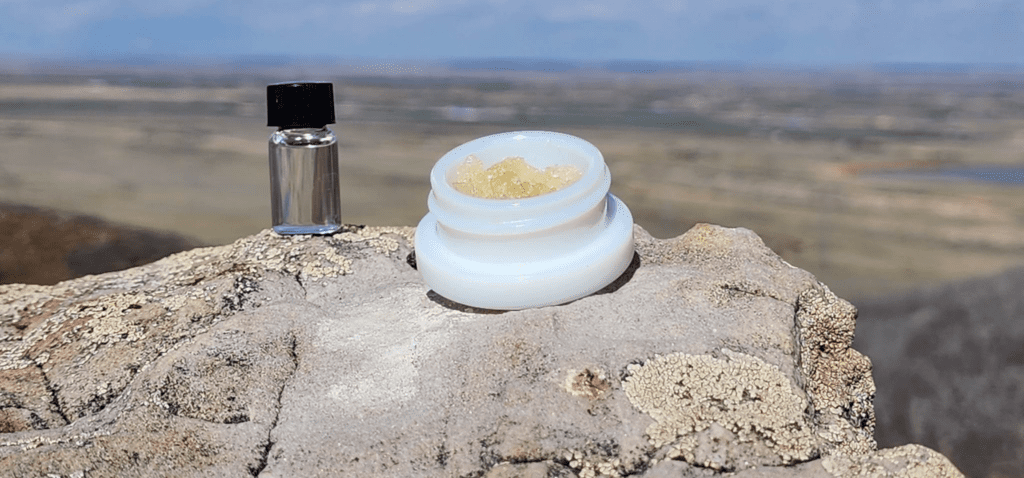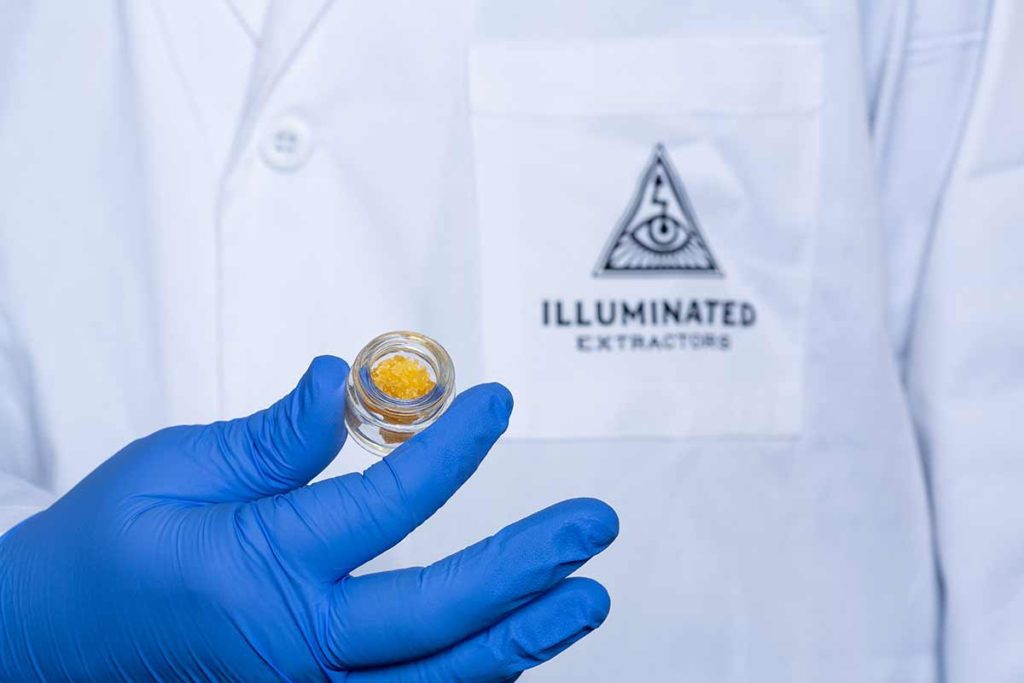
Ensuring Code Compliance:
The Importance of Annual Field Verifications for Hydrocarbon Extraction Facilities
Consumer demand is growing for products containing cannabis-derived terpenes. Vape pens, diamond sauces, and even pre-rolled products are being infused with cannabis-derived terpenes. This has cannabis processors shifting gears to make sure they’re able to capture and preserve these sensitive compounds. Terpene extraction requires a chemical process that does not damage the terpenes to achieve an unaltered final terpene profile. Hydrocarbon extraction is the most efficient and cost-effective process for high terpene extractions. The combinations of these different compounds provide end users with subtle differences in their experiences.
Research is increasingly revealing that the cannabis plant produces over 200 varieties of terpenes, such as limonene, myrcene, and linalool. This finding suggests that the cannabis species has one of the highest concentrations of terpenes compared to other plants. Terpenes, which are organic compounds, are present in cannabis flowers naturally. Although researchers are investigating the possible health benefits of individual terpenes sourced from other plants, experts in the field of cannabis believe that terpenes provide superior effects when combined/formulated.
Terpenes also referred to as terpenoids, isoprenoids, and terps, are organic chemicals responsible for smells, aromas, and flavors throughout nature. Ongoing research aims to determine if these individual terpenes have health benefits both individually and combined with one another. Many cannabis experts believe when different individual terpenes are combined, users can experience different, even determine probable physiological effects.
Terpene profiles are various and wide-ranging between the different strains. However, even plants of the same strain can have slightly different terpene profiles. Terpene production is determined by several environmental influences, including light, nutrients, temperature, and stress or lack thereof.
Other solvents used for extraction, such as ethanol and carbon dioxide, can extract cannabinoids but don’t do a good job of pulling and preserving terpenes from biomass. Terpenes are sensitive chemical compounds. Temperature, pressure, and even exposure to light can cause deterioration resulting in the loss of flavors, aroma, and possibly physiological effects.
For years the solution for many companies has been the introduction of terpenes that have been mainly extracted from other botanical sources. However, as demand for cannabis-derived terpenes increases, this is becoming a less accepted practice for an increasing segment of the consumer base.
Though high-profile terpene extracts get the credit for the smell and the taste of the cannabis products we consume, many users feel they offer an array of health benefits. Research gaining headway even suggests terpenes may help improve overall cognition. Many users report that when consuming products containing certain high terpene profiles, they experience enhanced working memory, executive functions, and concentration. Pinene, for example, is reported to not only improve mental processes but also said to be anti-inflammatory and anti-bacterial. Anxiety and depression are said to be alleviated by two of the terpenes most common in cannabis, linalool, and pinene. Evidence increasingly suggests that terpenes may relieve the side effects of opioid and psychostimulant withdrawals, which is increasingly needed as Western medicine often over-prescribes these habit-forming substances.
For decades, hydrocarbon extraction has been a go-to method in the food industry for producing multiple products from a single extraction without requiring numerous refinements. This process typically involves the use of hydrocarbons like propane and butane, which occur naturally in organic material and sedimentary rocks.

The process begins by adding cold solvent to the frozen biomass and dissolving the terpenes and cannabinoids for further refinement. Different manufacturers may have varying refinement methods, but generally, filtering media is used to eliminate impurities like waxes and chlorophyll. The residual hydrocarbons are then purged from the collection point and returned to the solvent in a closed-loop system. The final step for high-terpene full-spectrum extracts (HTFSEs) is often centrifugal terpene removal. However, a combination of methods may be utilized to maximize terpene preservation.
Light hydrocarbon extraction offers versatility and higher yields compared to other methods. The process operates at lower temperatures than carbon dioxide setups, which enables extractors to preserve the natural qualities of the cannabis material. For instance, a butane extraction can yield up to 32% of the plant’s weight, while carbon dioxide may be limited to an estimated 7-8%. In addition, the process reduces the presence of unwanted flavors, such as bitterness from chlorophyll.
As the cannabis industry continues to expand, the light hydrocarbon extraction alternative is becoming the clear choice in being the most efficient, cost-effective, and consistent method to produce high-quality extracts.
Adapted from the food sector, cannabis and hemp manufacturers can opt for light hydrocarbon extraction methods that employ propane and butane to create high-terpene, full-spectrum extracts (HTFSEs). By adhering to safety regulations and building codes and investing in appropriate equipment, companies can produce HTFSEs that preserve volatile terpenes while minimizing expenses and maximizing returns. While the light hydrocarbon extraction process may require sophisticated equipment and safety precautions, it can help businesses create an assortment of premium cannabis products that cater to consumers’ growing demand for intense flavors.
For the best HTFSE products cannabis extraction manufacturers must carefully select high-quality plant material to ensure the best terpene extraction results and highest yields. The light hydrocarbon extraction process, which involves using cold solvents like butane and propane, offers several advantages over other methods. Its low molecular weight solvents are effective at attracting terpenes and cannabinoids while repelling unwanted compounds like water-based ones. This makes it easier to achieve a more refined profile of the desired compounds.

The Importance of Annual Field Verifications for Hydrocarbon Extraction Facilities

CRN Certified.

In the cannabis extraction industry, the margin for error is shrinking—literally. As larger operations dominate the market with aggressive pricing and vertically integrated models, small

Our Revolutionary Refrigeration Tech Reaches Cryogenic Temperatures We’re proud to announce a major leap in refrigeration science: our newly patented refrigeration system, capable of reaching

Recent closures should mean an upgrade for your lab!

Scaling Up with Illuminated Extractors: The Ultimate Solution for Expanding Labs As cannabis extraction labs scale their operations, the need for equipment that can handle

Certified in all 50 States
All Illuminated Extractors extraction models have received Technical Report Certification authored by Pressure Safety Inspectors (PSI). All models have been peer-reviewed for Safety and compliance in all 50 states. Please contact us for more information about certifications for your local AHJ.
Illuminated Extractors LTD – All Rights Reserved. Copyright © 2017-2025. Privacy Policy | Terms & Conditions